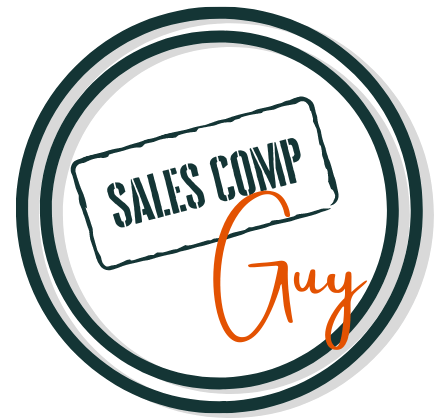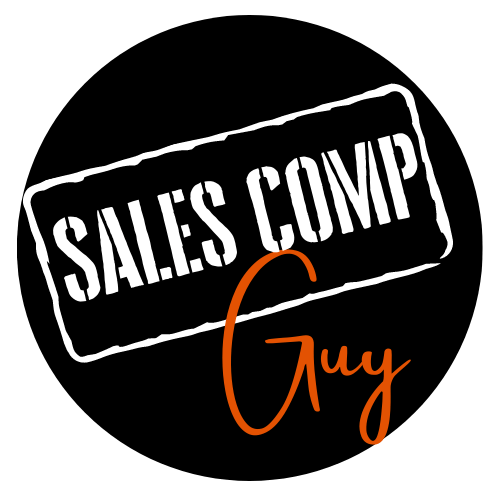When to SPM: How to Know it’s Time to Make the Move Or Live Without It!
Does it make financial sense for your organization to invest in sales performance management software?
The complexity that comes from managing a sales force isn’t lessened just because you’re working for a small business. When it comes to keeping track of targets and objectives, territories, training, implementing incentives, tracking activities, and reporting, you have all the requirements of a large-scale enterprise with the unfortunate dilemma of having to make compromises when it comes to how you manage it all.
So, if you’re in the position of wondering whether it makes sense for your organization to invest in some sort of sales performance management or incentive compensation software, keep in mind this Tony Robbins quote:
Change happens when the pain of staying the same is greater than the pain of change.
In this case, the “pain of change” is not only the time and effort required to choose, implement, and onboard an SPM but also the sheer cost involved. Annual costs associated with SPM software can be quite extensive. Forrester identified costs that included the annual recurring license fees, administrative costs, support fees, internal implementation and planning time and expenses, professional service fees, and training costs, amongst others.
The “pain of staying the same” will look different to each organization, but ultimately it will have to do with the salesperson’s experience and the increased probability of errors like under/over-paying or missing payout deadlines. As a leader of people, the pain points might include:
- Lack of visibility to performance
- Lack of transparency and trust in the process
- Discontentment from salespeople or confusion about their roles
- Inconsistencies in compensation practices
- Lack of follow-through on incentive ideas
- Stress from keeping up with everything yourself
- Difficulty paying out consistently and on time
You’re likely experiencing some of those issues, but do they justify the expense of an SPM? Only you can answer that, but I can tell you that there will come the point when the cost of the SPM feels well worth the value it brings.
If that time is NOT now...
Here are some ways you can implement efficiencies in sales performance management.
Be Transparent
Your sales team should not only be clear on their individual sales goals, but they should also know their role in the larger organizational strategy. This will not only help them stay motivated, but it will also open the door for creative thinking from minds other than your own. Being a leader doesn’t necessarily mean coming up with all the ideas yourself. Don’t take this for granted. We all want to be part of something greater than ourselves and can get lost in the mire of the day-to-day grind of work.
Transparency also builds trust and improves relationships among the teams. This first step will be needed to develop trust if the desire is to ultimately create a fair and inclusive sales program.
Make the most of Document Sharing
You may prefer a whiteboard on the sales floor of your organization to keep visibility on target tracking and keep everyone motivated. However, if your organization—like most organizations—includes some remote employees, you may not be able to count on in-office visibility to keep your sales team up to date.
Make sure your documents and spreadsheets are shareable in real time. Using Google Docs, Smartsheet, Microsoft Teams, or SharePoint allows multiple people to interact with a document simultaneously. You can establish document linkages and security parameters in these environments quickly and easily for sharing sensitive information or making it wide open for public rankings.
Process Reminders
Remember that just because your documents are shareable doesn’t mean everyone is going to remember to look at them regularly. When you don’t have system automation, routine is your best friend. Many team management apps, like Slack, give you the ability to create automated reminders.
Beyond that, you can create personal routines and calendars that help you get in the habit of reminding, checking up, and communicating.
Share Responsibility
Ask your sales reps to take ownership of seeking feedback as well as providing analysis of their results and offering creative solutions to problems they encounter. This doesn’t take the burden off your shoulders as the sales leader, but it does lighten the load a little. Of course, not every salesperson will step up to the challenge of managing themselves, but you’ll definitely get good insights into each of your team members by asking them to take greater accountability and ownership of their success.
While you may wish you could afford to invest in SPM software, you can ease the “pain” of sales performance management by implementing some good habits and seeing your salespeople as partners who can contribute.












